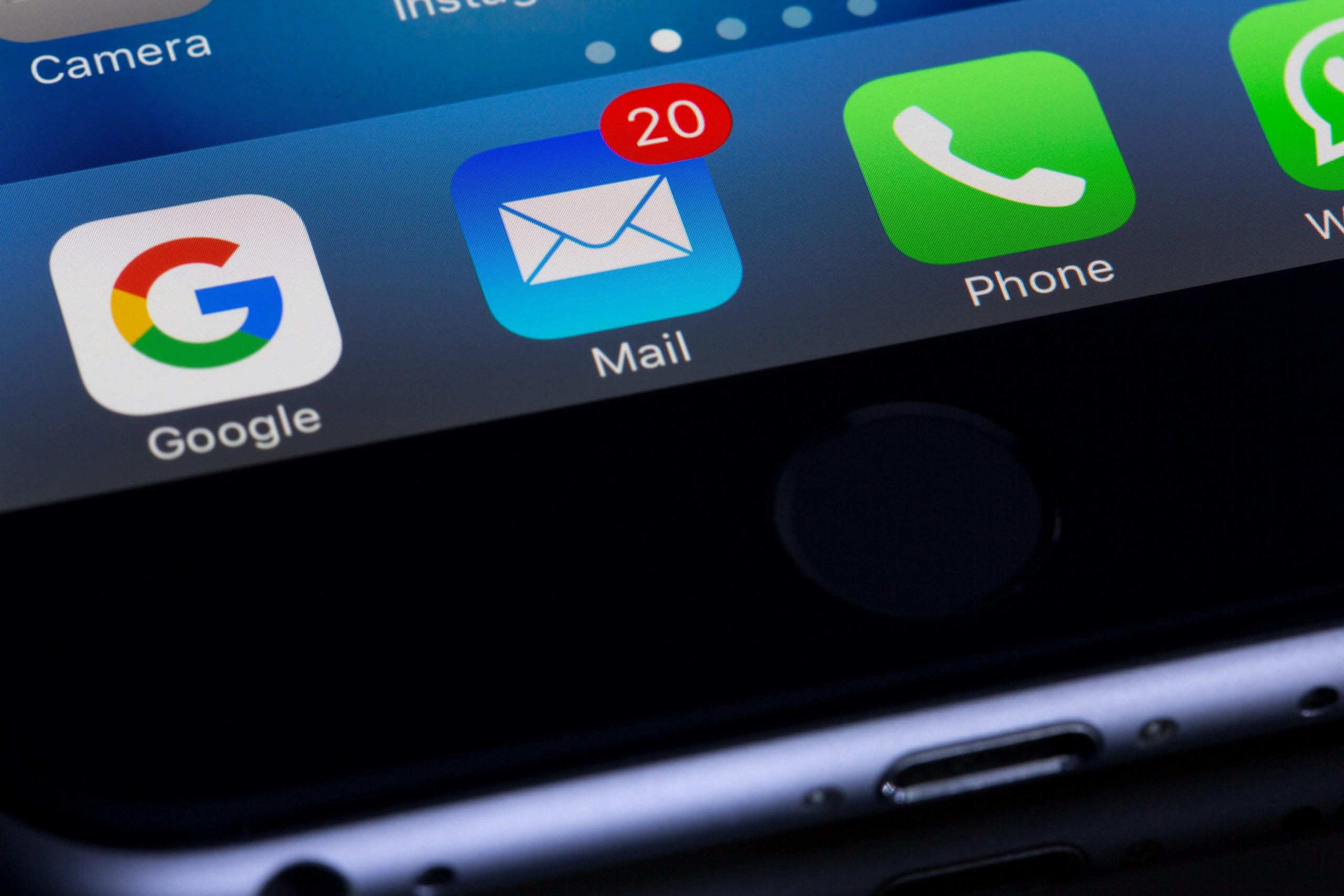Business
Email Management Best Practices For 2021
Email is a very useful thing in our everyday life. Many people can’t imagine their work without email correspondence, but along with the many advantages, it has disadvantages due to which a lot of bad habits associated with time management can appear. Everyone had the situation when they opened their email mailbox, saw lots of unread messages, and just wanted to ignore them. But if the mess in the inbox is taken for granted, in some time it begins to affect your approach to work in general, as a result, you waste your precious time. That is why efficient email management is the key to time and productivity management.
- Don’t wait until your email inbox becomes overwhelmed. Try to set aside a certain amount of time to check your inbox every day so that you don’t have to constantly check the incoming notifications. The frequency of these checks will depend on your schedule, and it will help you focus on other tasks.
- Think of email management as just another task. This means that the corresponding item needs to be added to the to-do lists in the job management system along with planning meetings and lunch break.
- Save attachments. Finding one single attachment among messages that have accumulated for weeks or even months is a frustrating task. Download your attachments when you check in and upload them to the specialized folder, naming them ahead of time, so you can easily find or share them later. Also, keep in mind that very old emails can be automatically deleted from your inbox, and you never know at what point an attachment that was sent to you a year ago may become relevant again. So, we recommend that you protect your documents from deletion and keep them in a safe place.
- Clean up your email inbox regularly. Unsubscribe from emails and promotional newsletters that you don’t read. It’s one thing to fill up your personal email with hot deals, but if you let such emails pile up in your work inbox, you simply won’t be able to respond to important messages in a timely manner. If you do not have time for doing this manually, you can always rely on email cleaners.
- Respond to messages promptly. Emails are an endless stream of information. It is very easy to forget about one of them when new messages arrive all the time. Make it a rule to reply to emails immediately after reading them, even if you do not have the requested information yet – assure the interlocutor that you will receive it. By the time he reads your letter and answers it, you will probably already know the answer.
- Create filters. Simplify your mail experience by creating folders for different messages. For example, you can have a separate folder for each project, or you can simply categorize emails by type, for example: Invoices, Company Social Events, etc. Most email clients allow you to create filters based on different criteria.
- Avoid sending too many emails. Though you may find it necessary to send a lot of messages, in reality, you may use other channels of communication to reduce the email flow. The less messages you send, the less of them you will receive. Instead, you can send voice messages or make audio calls.

